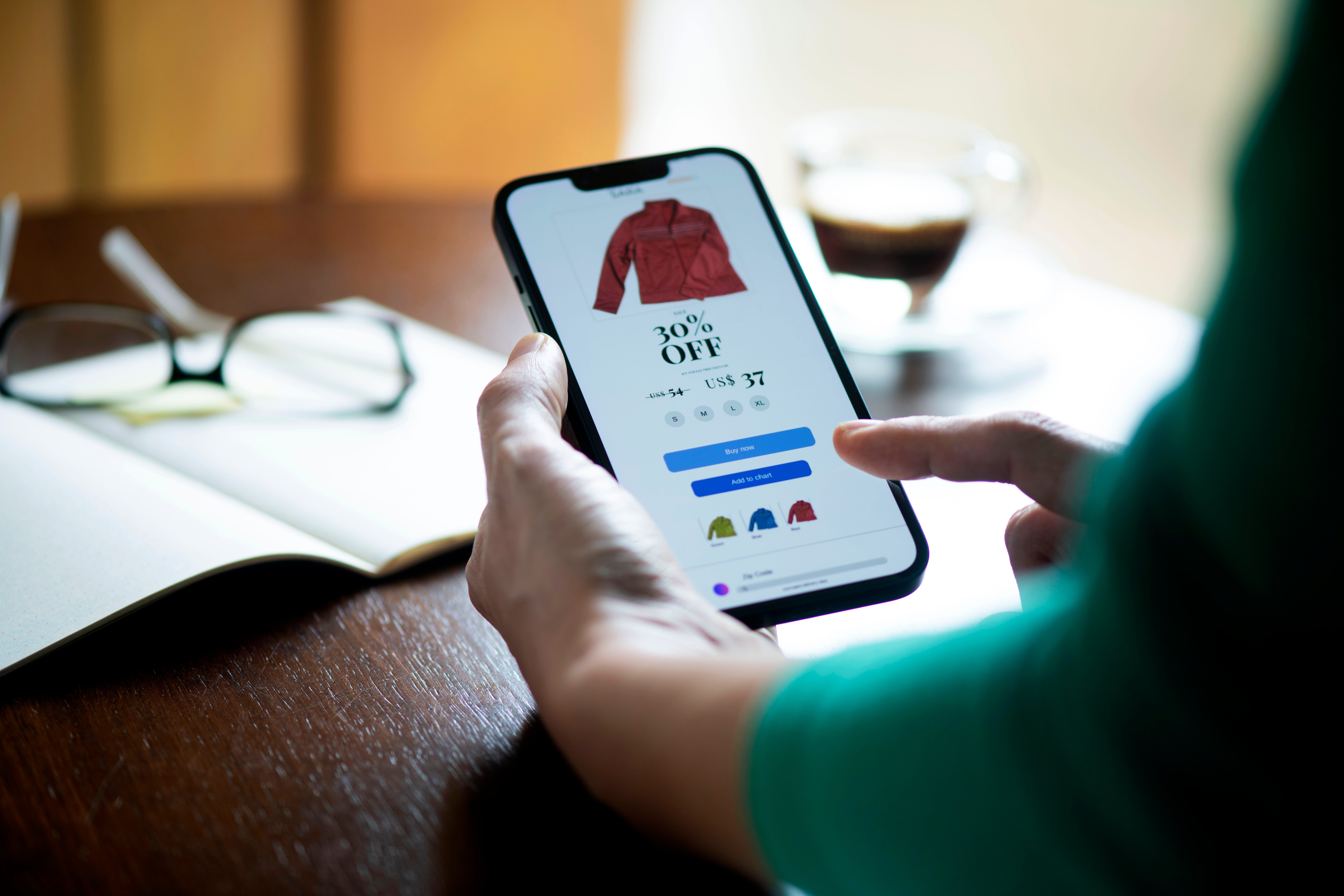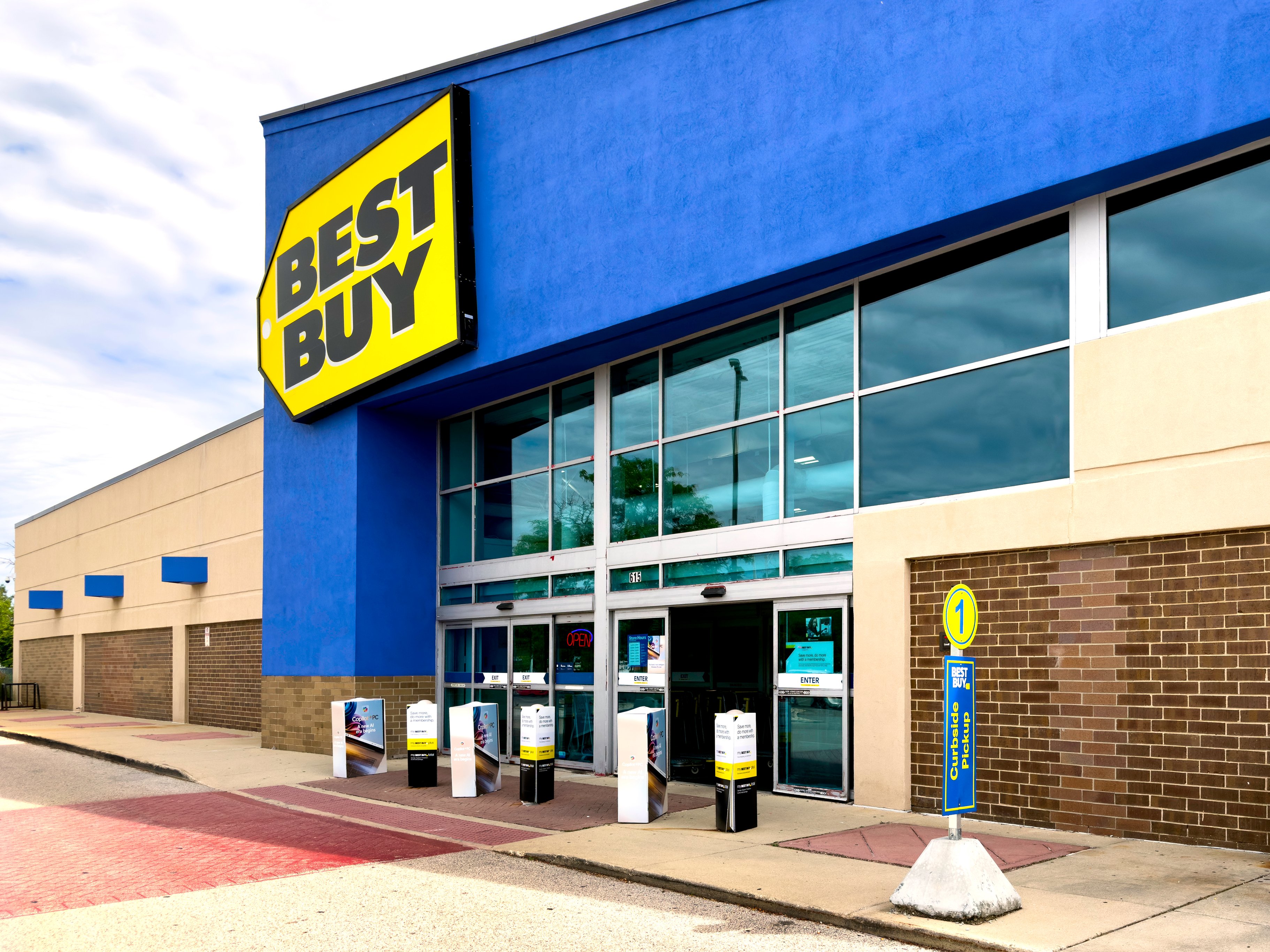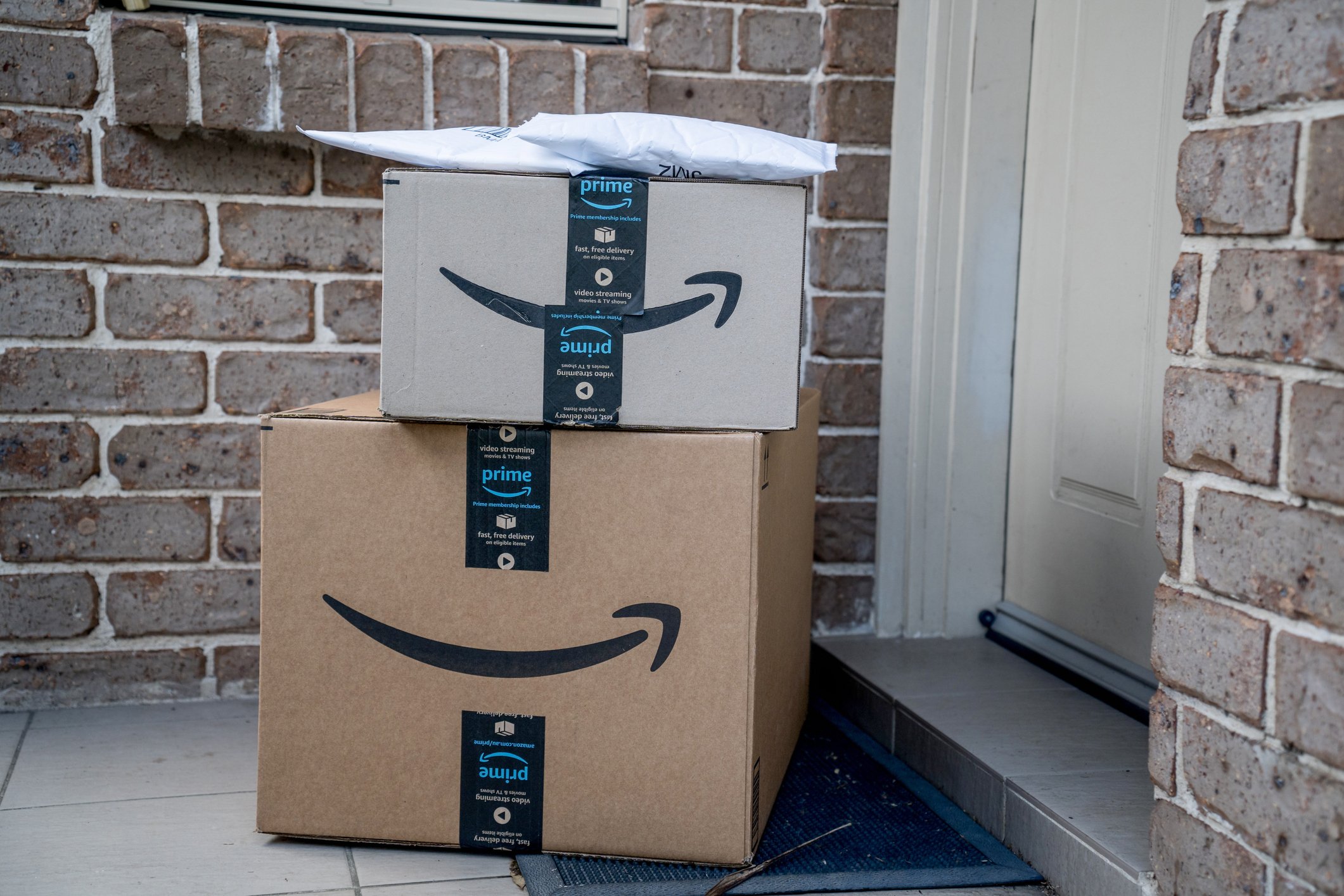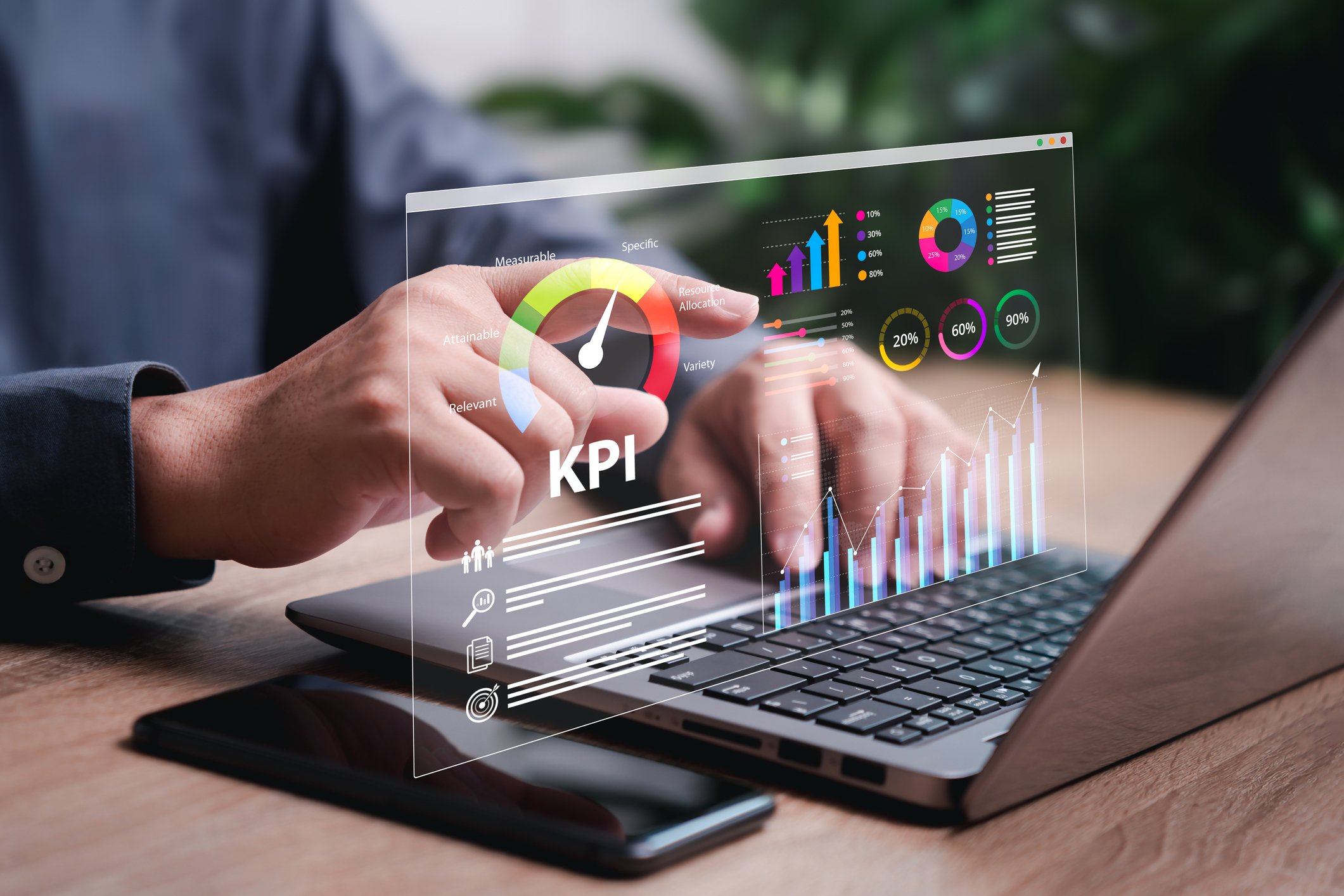- Platform
Platform
Quantify the cost of revenue-robbing friction in the digital experience.
Dive deeper into the problem to uncover hidden issues and deploy the perfect fix.
Validate with indisputable proof that your optimizations achieved desired business outcomes.
Revenue Opportunity
Quantify by page lost revenue that can be recaptured from removing friction
Real-Time Bottom of the Funnel
Visualize step-by-step conversion rates to understand customer fallout and drop-off
Cost of Broken Links
Calculate the cost impact on conversions resulting from users being directed to broken links
Domain & Page-Level Conversion Rate Curve
Identify pages where speed most impacts conversions and prioritize optimization efforts by ROI
Cost of a Tag
Calculate the cost impact on conversions for every first- and third-party tag on your site
Competitive Index
Trend, group and analyze side-by-side more than 40 site performance metrics your site vs. competitors
Resolve
Real-Time Customer Journey
Identify highest converting path and bottlenecks undermining campaign performance
Core Web Vitals
Identify friction points causing Google to deprioritize your site in rankings and customers to bounce prematurely
Aggregate Waterfall, Function Tracing and Website Filmstrips
Identify and address hidden JavaScript functions that cause blocking behavior and frustrate users
Conversion Rate A/B Testing
Identify pages where speed most impacts conversions and prioritize optimization efforts by ROI
Anomaly Detection for All 1st and 3rd Party Content
Identify friction caused by every piece of content on your site, to direct remediation efforts
Content Security Policy
Inventory all 1st & 3rd party domains, create a whitelist of approved domains, auto-generate and deploy your customized CSP
Validate
Revenue Attribution
Calculate actual business impact of remediation efforts vs. goals
Executive Trend Report
Visualize performance trends over time across numerous variables across your website
What Changed Report
Analyze each object to see what was added, changed or moved with side-by-side comparison views
Milliseconds are Costing You Millions
/ new ebook
Learn 3 Hacks to Eliminate Site Friction and Improve Business Outcomes

- Solutions
Solutions
Customer Stories
- Resource Hub
- Company
- Request a Demo
- Login
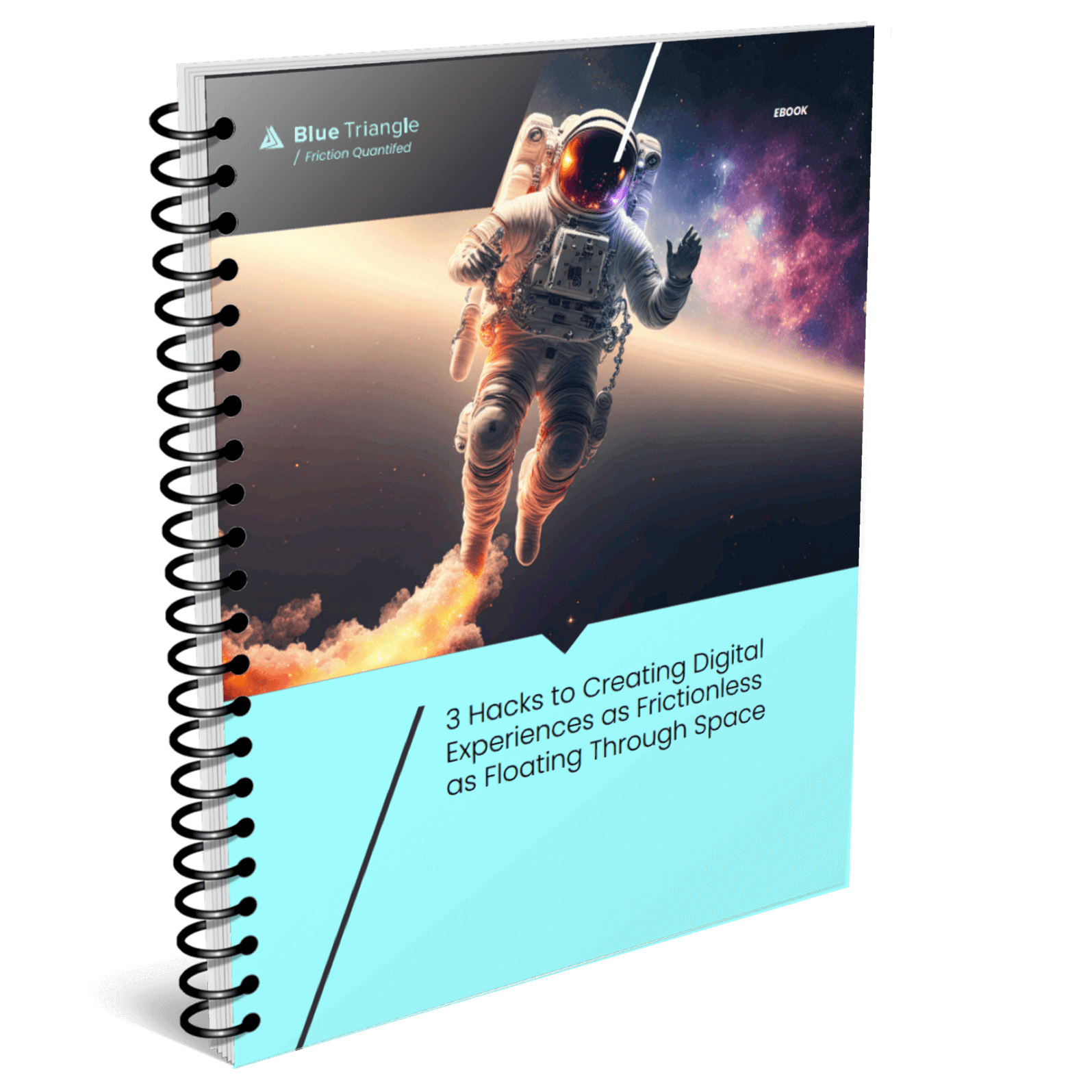
 . is a positive delta between this week and last weeks average measurements
. is a positive delta between this week and last weeks average measurements  . is a negative delta between this week and last weeks average measurements.
. is a negative delta between this week and last weeks average measurements.


